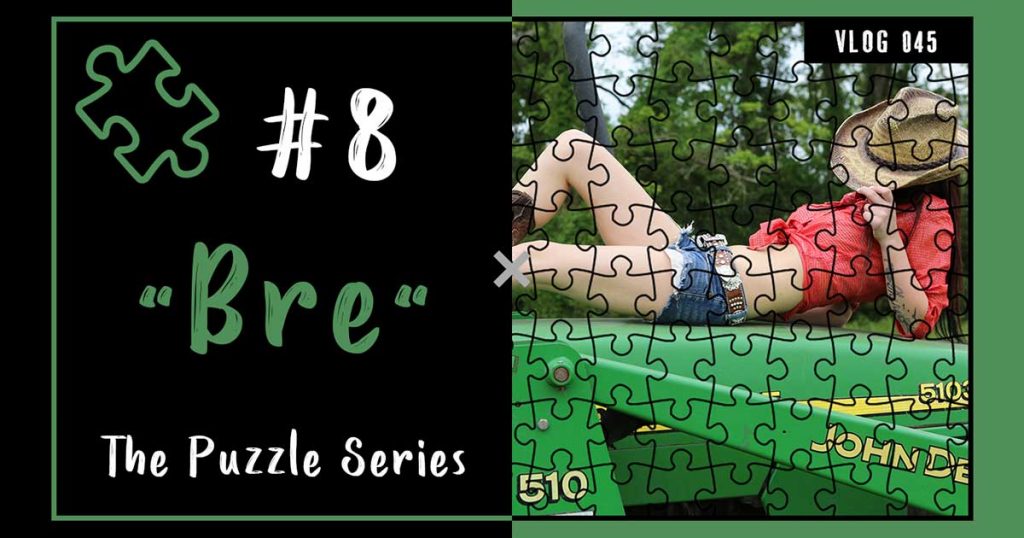Jigsaw puzzles are not only fun and inexpensive but also good for your brain. It improves spatial reasoning and logic skills as well. So, I’m back with another puzzle from the puzzle series. I'm doing it as part of a 10-puzzle series. As soon as I finish this set of 10 puzzles, I'll probably do another set of 10 of these as well, and I'll keep doing it because I enjoy doing puzzles, and I think it's fun to keep doing it. The blog post "1000 Piece Jigsaw Puzzle 8 of 10 | Bre" describes a puzzle I created myself out of photographs I took while shooting with Bre. Additionally, I have provided some tips and tricks to solve colored pieces more quickly in this blog.
Bre and I have worked together several times, initially in my studio, then on location, and we did some regular series that I like, such as the masked stuff and the boxed theme.
Guess what, guys? This puzzle was by so far, the easiest one. Yes, it’s the quickest one I've done so far. In fact, it turned out pretty well as well. It has a great shine to it, which makes it look great in person. Cool, right?
If you've been watching my puzzle videos and reading my blogs for a while, you've probably already gotten a sense of my strategy. Right!?
Perhaps you are also familiar with the ones I've done with a lot of white backgrounds. In the beginning, I used to think the white backdrops were the hardest puzzles, but now I think the full-color puzzles with everything in them are a little bit more challenging. With the white backdrop, I can instantly separate out half the pieces right off the bat and then just arrange them by style. In contrast, that's not the case with the colored ones.
In order to put puzzles together more quickly and with less frustration, you can follow a few tricks. Here are some tips:
- As soon as you open up the puzzle and lay it out on the table or any flat surface, you should flip every single piece so the image side faces upwards. The process sounds tedious-and it is! But trust me, it will make putting the puzzle together much easier!
- As you turn over the pieces, start sorting them into groups. The edge pieces should be put aside into a separate pile, and the interior pieces should be sorted into smaller piles based on where they appear to come from.
- After you have separated out the pieces into several piles, you can begin assembling the puzzle. The border is the best place to start because it defines the space you will be working in. Do not worry if you are missing a few pieces. You will find them sooner or later.
- Assemble your piles by sorting them by group, color, and pattern. I usually start with the easy stuff to avoid getting frustrated early on and giving up.
What if the color is right but the pattern is Wrong?
Generally, color is the quickest way to find matching pieces, but pay attention to lines and other patterns as well. Sometimes the color is right, but it's on the wrong side of a piece or there is an edge of a wall, window, bush, etc that shouldn't be in the piece you're looking for. You should also pay attention to the shape of the piece.
Stay tuned, happy puzzling!




Leave a Reply